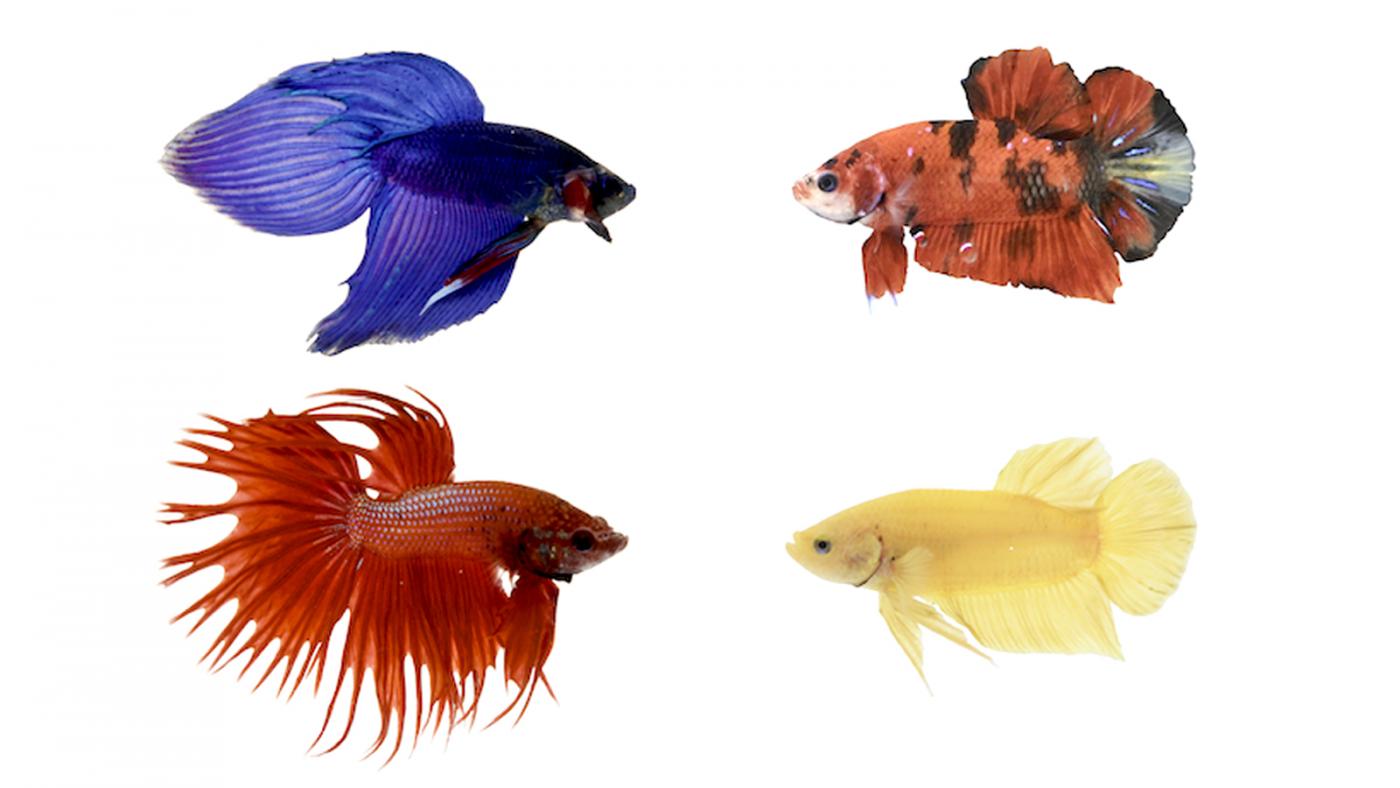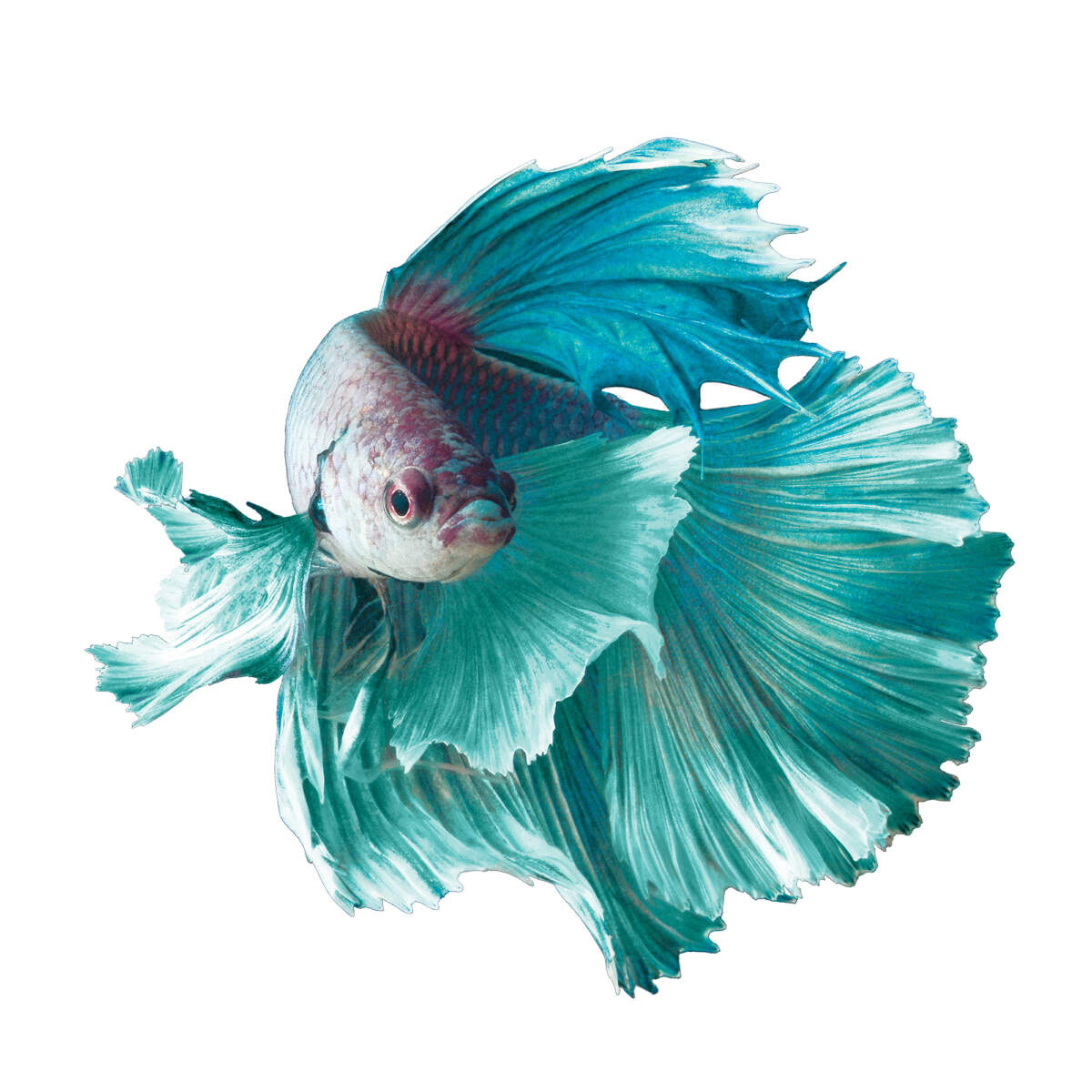Betta Fish Diet Regimen: What to Feed Your Betta for Optimum Health And Wellness
Betta Fish Diet Regimen: What to Feed Your Betta for Optimum Health And Wellness
Blog Article
Breeding Betta Fish: a Comprehensive Step-By-Step Guide to Efficiently Raising Baby Bettas From Eggs to Adulthood
Reproducing Betta fish is a careful venture that needs mindful planning and implementation to make certain the successful development of fry from eggs to grow fish. As the male Betta carefully constructs a bubble nest and guards the precious eggs, the subsequent stages of care and change need focus to information and understanding of best techniques.

Selecting Breeding Pairs
When getting started on the trip of reproducing Betta fish, selecting the best reproduction pairs is important to accomplishing preferable qualities and a healthy lineage - betta fish. The very first step in this procedure is to determine the specific characteristics you desire to improve or maintain, such as shade, fin kind, and body form. It is important to pick genetically varied pairs to stay clear of inbreeding, which can cause health concerns and unwanted features
Examine possible breeding prospects meticulously. A healthy male Betta must display vibrant colors, an active temperament, and well-formed fins, while the lady needs to likewise display lively coloration and a rounded tummy, indicating preparedness for spawning. Observing the character of both fish is crucial, as aggressive or overly reluctant people might not breed successfully.
Maintaining documents of the parent fish's ancestry can assist you track genetic characteristics and potential issues. Ultimately, spending time in the option procedure will substantially improve the possibility of generating solid, vivid offspring that fulfill your breeding goals.

Preparing the Breeding Container
Creating an optimal reproduction atmosphere is a key action after choosing ideal sets for Betta fish. The breeding storage tank should be especially developed to give convenience and boost the natural breeding habits of the fish. Beginning with a tank size of a minimum of 10 gallons to guarantee appropriate area for both the man and female Bettas.
Maintain a gentle filtration system to maintain the water clean while avoiding strong currents that can emphasize the fish. Additionally, an air rock can be included in offer oxygenation without disrupting the water surface area excessive.
Temperature level guideline is vital; go for a stable variety of 78-82 ° F(25-28 ° C) utilizing a trustworthy heating system. The pH degree ought to be kept between 6.5 and 7.5, and normal water changes are essential to guarantee high water high quality.
Integrate floating plants or generating mops to create hiding areas for the lady, while also motivating bubble nest structure by the man - betta fish. Make sure the tank is cost-free from sharp designs and any prospective risks, as the well-being of the fish should constantly be focused on throughout this vital phase of reproduction.
The Reproduction Refine
Generally, the reproducing process for Betta fish includes a series of unique and observable behaviors that suggest readiness for recreation. The male Betta starts by building a bubble nest at the water's surface area, which functions as a site for the fed eggs. This nest is critical, as it offers a secure setting for the eggs until they hatch out.
Once the nest is established, the male will certainly display courtship habits, such as flaring his fins and exhibiting lively colors to bring in the woman. The woman, upon sensing the man's preparedness, will react by presenting upright stripes along her body, indicating her receptiveness.
The fed eggs then fall to the bubble nest, where the male meticulously accumulates and returns them to the nest. Following this, the male presumes responsibility for protecting the nest and guaranteeing the security of the eggs until they hatch, generally within 24-36 hours.
Taking Care Of Betta Fry
Caring for Betta fry needs cautious focus to their setting and nourishment to ensure healthy and balanced growth and growth. After hatching, Betta fry are exceptionally tiny and susceptible, necessitating a stable and tidy environment.
Feeding Betta fry is check my blog just as essential. Initially, they need to be offered infusoria or carefully crushed top quality fry food, as their mouths are as well tiny to manage larger particles. As they grow, you can slowly present larger foods, such as baby salt water shrimp or powdered flakes, official website to ensure they get ample nourishment. Feed them little quantities numerous times a day, bewaring not to overfeed, which can result in water top quality problems.
Transitioning to Grownup Bettas
As Betta fry mature, transitioning them to adult Bettas is a crucial stage that needs mindful management of their setting and social communications. This procedure usually begins when the fry reach around six weeks old, whereupon they can be progressively introduced to a much more structured living atmosphere.
To facilitate this change, it is essential to make sure that the water specifications-- such as temperature level, pH, and ammonia degrees-- are ideal and secure. Grown-up Betta fish thrive in cozy water (around 78-80 ° F) with a pH of 6.5 to 7.5. Gradually accustom the fry to these problems to minimize stress and anxiety.
Social interactions are one more vital variable; man Bettas are infamously territorial and hostile. Therefore, it is recommended to separate men right into private containers as they grow. Female Bettas can be housed together, but treatment ought to be required to check for signs of hostility.
In addition, dietary changes ought to be made as the fry grow. Integrate top quality pellets and basics live foods to support their development and health and wellness. By managing these aspects effectively, you can promote a successful transition to adulthood for your Betta fish.

Conclusion
Successful breeding of Betta fish calls for mindful focus to information throughout the entire process, from choosing genetically varied sets to offering optimal care for fry. Furthermore, a well balanced diet regimen and progressive adaptation to grown-up environments are important for the growth and growth of Betta fish.
Report this page